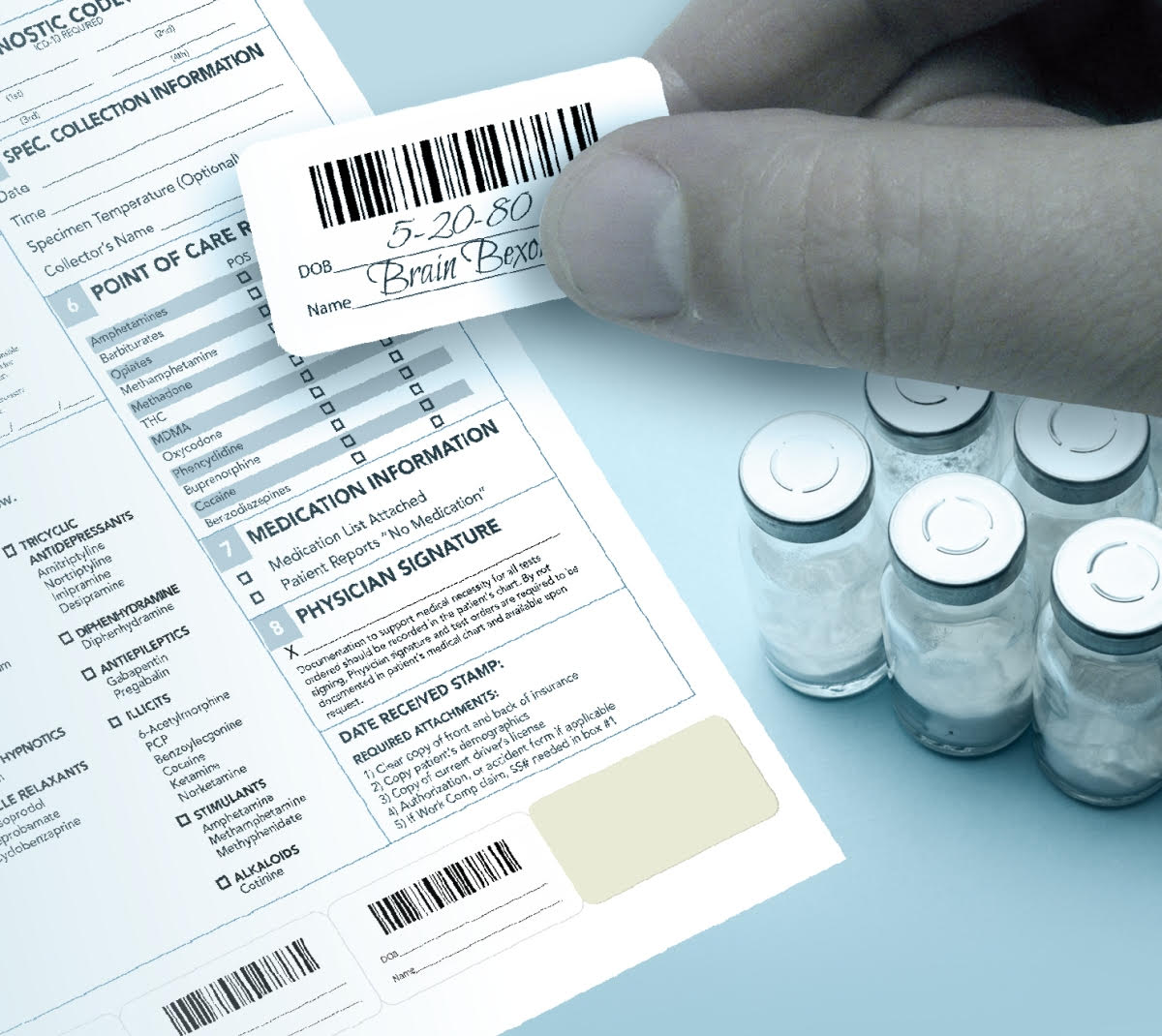In medical settings, wristbands are essential for patient identification and care management. Wristbands with 20 labels are typically used for patients staying in the hospital for several days or undergoing numerous tests. These additional labels allow for comprehensive tracking and labeling of various tests and medical procedures, ensuring all necessary information is easily accessible.
On the other hand, 4-up wristbands are primarily utilized during shorter visits or stays, typically when a patient is undergoing a simple test or procedure, or when their stay is expected to be brief. These wristbands are designed to be easy to apply and identify, ensuring quick and efficient patient management in busy healthcare environments. They serve as a vital tool for healthcare staff to quickly recognize and verify patient identity, especially in settings where multiple patients are being treated simultaneously. These wristbands are particularly useful in outpatient clinics, diagnostic centers, and during outpatient surgeries, where the focus is on swift and accurate patient processing without needing long-term identification solutions.
The choice between these wristband types depends on the complexity and duration of the medical care each patient needs.
Share




